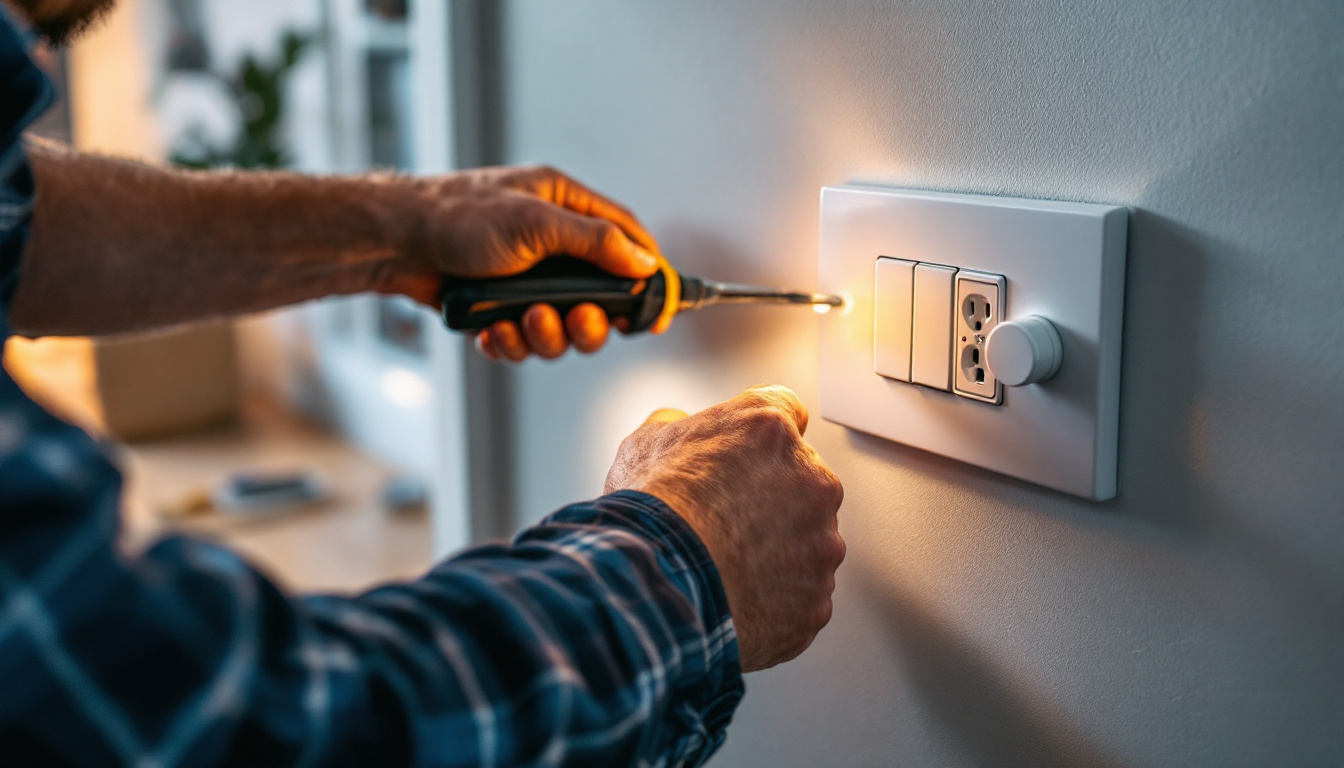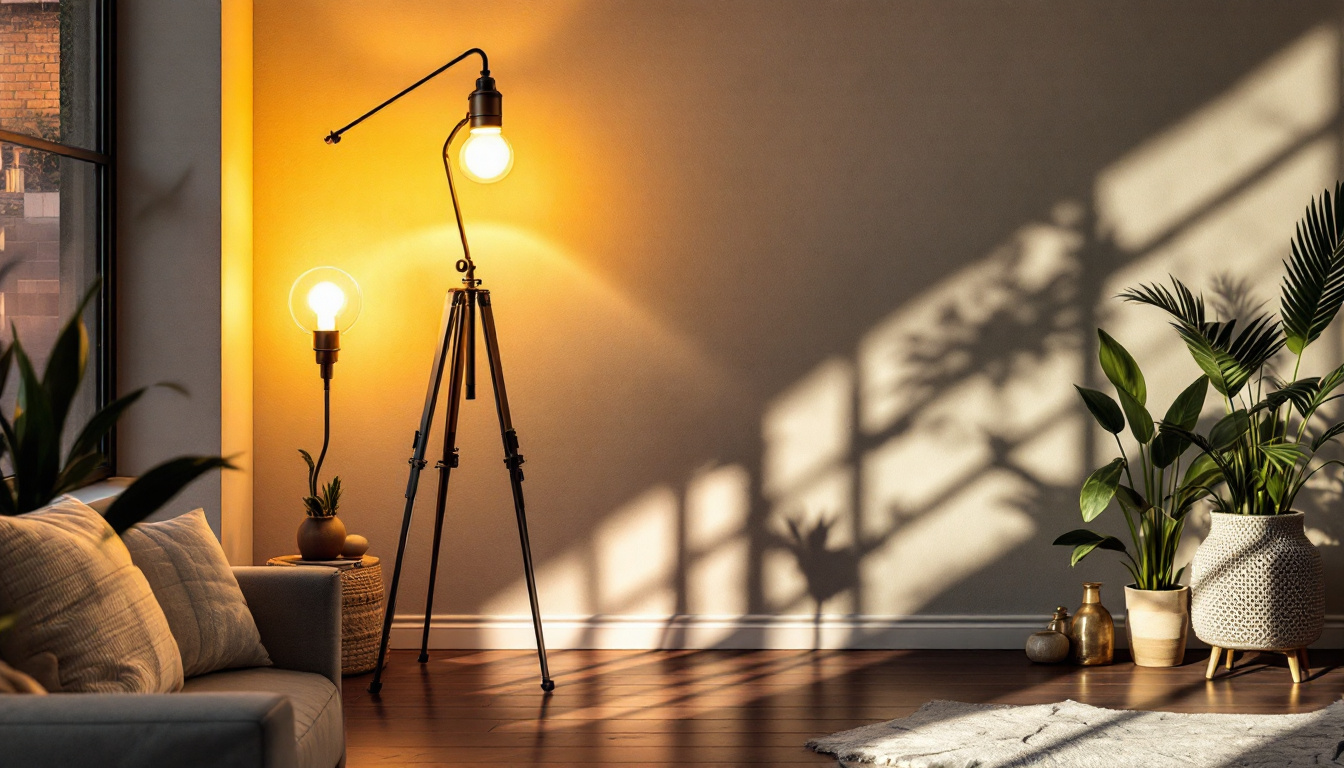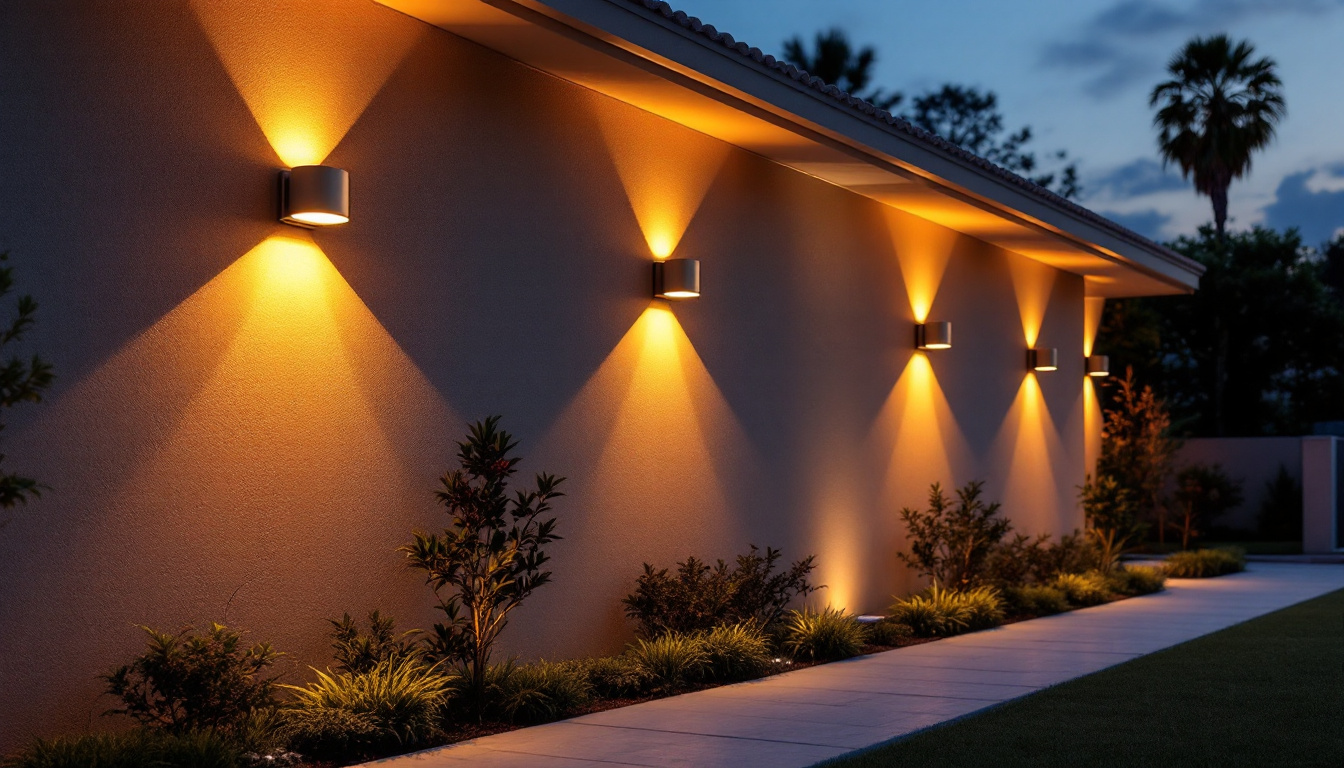
In the ever-evolving world of outdoor lighting, LED post lights have emerged as a popular choice among homeowners and businesses alike. Their energy efficiency, longevity, and versatility make them ideal for a variety of applications. For lighting contractors, understanding the best practices for installing and maintaining these fixtures is crucial to delivering quality service and ensuring customer satisfaction. This article delves into the best practices for LED post lights, tailored specifically for lighting contractors.
Before diving into installation practices, it is essential for lighting contractors to have a solid understanding of LED technology. LEDs, or Light Emitting Diodes, are semiconductor devices that convert electricity into light. Unlike traditional incandescent bulbs, which produce light through heat, LEDs are more efficient and have a significantly longer lifespan. This efficiency is not only beneficial for energy savings but also contributes to a reduced carbon footprint, making LEDs an environmentally friendly choice for modern lighting solutions.
LED post lights offer numerous advantages that make them a preferred choice for outdoor lighting. Firstly, their energy efficiency means lower electricity bills for clients, which is an attractive selling point. Secondly, the long lifespan of LEDs reduces the frequency of replacements, leading to lower maintenance costs over time. Additionally, LEDs are less susceptible to breakage compared to traditional bulbs, as they are more durable and can withstand various weather conditions, making them ideal for outdoor installations.
Moreover, LED post lights are available in various designs, colors, and brightness levels, allowing contractors to cater to diverse aesthetic preferences and functional needs. This versatility enables contractors to create customized lighting solutions that enhance the overall appeal of outdoor spaces. Furthermore, many LED post lights come equipped with smart technology features, such as dimming capabilities and motion sensors, which can further enhance energy savings and provide added convenience for users.
LED post lights can be used in a variety of settings, including residential yards, commercial properties, parks, and pathways. They are particularly effective in enhancing safety and visibility in outdoor areas, making them an essential component of any lighting design. Understanding the specific needs of each application can guide contractors in selecting the right fixtures and placement strategies. For instance, in residential settings, softer lighting may be preferred for creating a cozy atmosphere, while brighter lights may be necessary for commercial properties to ensure adequate visibility and security.
In addition to aesthetic and safety considerations, LED post lights can also play a crucial role in landscaping design. By strategically placing these lights along pathways, driveways, or around garden features, contractors can highlight the beauty of outdoor spaces while ensuring that they are safe and navigable at night. Moreover, the ability to choose from a range of color temperatures allows for further customization, enabling contractors to match the lighting to the specific ambiance desired by the property owner. This thoughtful approach to lighting design not only enhances the functionality of outdoor areas but also adds significant value to the property itself.
Installing LED post lights requires careful planning and execution. Following best practices not only ensures optimal performance but also enhances the longevity of the fixtures. Here are some key considerations for lighting contractors during the installation process.
Before installation, conducting a thorough site assessment is crucial. This involves evaluating the area where the post lights will be installed, considering factors such as existing landscaping, potential obstructions, and the intended use of the space. Understanding these elements will help in determining the appropriate height, spacing, and orientation of the lights.
Additionally, contractors should take note of the local regulations and codes regarding outdoor lighting. Compliance with these regulations is essential to avoid potential fines and ensure the safety of the installation.
Selecting the right LED post lights is vital for achieving the desired lighting effect. Contractors should consider factors such as lumen output, color temperature, and beam angle when choosing fixtures. For instance, a warmer color temperature may create a cozy atmosphere in residential settings, while cooler temperatures might be more suitable for commercial spaces.
Furthermore, the design of the fixtures should align with the overall aesthetic of the property. Whether it’s a modern, sleek look or a more traditional appearance, ensuring that the fixtures complement the surrounding environment enhances the overall appeal of the installation.
Electrical connections are a critical aspect of LED post light installation. Contractors must ensure that all wiring is properly rated for outdoor use and that connections are secure and waterproof. Using weatherproof connectors and junction boxes can prevent moisture intrusion, which is a common cause of electrical failures in outdoor lighting.
Additionally, it is advisable to follow the manufacturer’s guidelines for wiring and installation. This not only ensures safety but also helps maintain the warranty on the fixtures.
While LED post lights are known for their longevity, regular maintenance is still essential to ensure optimal performance. Lighting contractors should educate their clients on the importance of maintenance and offer services to help keep their outdoor lighting systems in top condition.
Over time, dirt, debris, and weather conditions can affect the performance of LED post lights. Regular cleaning of the fixtures is necessary to maintain their brightness and appearance. Contractors can recommend a cleaning schedule to clients, emphasizing the importance of using non-abrasive materials to avoid damaging the fixtures.
In addition to cleaning, periodic inspections are crucial. Contractors should check for any signs of wear and tear, such as frayed wires or loose connections. Identifying potential issues early can prevent costly repairs and extend the lifespan of the lighting system.
As technology advances, there may be opportunities to upgrade components of the LED post lighting system. For instance, replacing older fixtures with newer, more efficient models can enhance energy savings and improve lighting quality. Contractors should stay informed about the latest advancements in LED technology to offer their clients the best options available.
Creating an effective lighting design involves more than just installing fixtures. It requires a thoughtful approach to ensure that the lighting meets both functional and aesthetic needs. Here are some strategies that lighting contractors can employ when designing LED post lighting solutions.
Layering light is a key principle in outdoor lighting design. By combining different types of lighting—such as ambient, task, and accent lighting—contractors can create a more dynamic and visually appealing environment. LED post lights can serve as ambient lighting, while additional fixtures, like spotlights or wall-mounted lights, can provide task and accent lighting.
When layering light, it’s important to consider the overall brightness and distribution. Contractors should aim for a balanced lighting scheme that enhances visibility while avoiding harsh contrasts or overly bright spots.
Using LED post lights to create focal points can dramatically enhance the visual interest of outdoor spaces. By strategically placing lights around features such as trees, sculptures, or architectural elements, contractors can draw attention to these areas and create a sense of depth in the landscape.
In addition, varying the height and style of the post lights can add dimension and character to the design. This approach not only improves aesthetics but also contributes to the overall functionality of the lighting system.
As sustainability becomes increasingly important, lighting contractors should consider the environmental impact of their designs. LED post lights are already a step in the right direction due to their energy efficiency, but there are additional measures that can be taken.
For instance, using solar-powered LED post lights can further reduce energy consumption and reliance on the grid. Additionally, incorporating smart lighting technologies, such as motion sensors and timers, can help minimize energy waste by ensuring lights are only on when needed.
Effective communication with clients is a cornerstone of successful lighting contracting. Educating clients about the benefits of LED post lights and the importance of proper installation and maintenance can lead to more informed decisions and greater satisfaction with the final product.
When presenting proposals to clients, contractors should provide detailed information about the selected fixtures, installation processes, and maintenance requirements. Transparency in pricing and project timelines is also essential to build trust and ensure a smooth working relationship.
Including visual aids, such as design mock-ups or samples of the fixtures, can help clients better understand the proposed lighting solutions. This approach not only enhances client engagement but also allows for more effective collaboration throughout the project.
After the installation is complete, offering ongoing support can set a contractor apart from the competition. Providing clients with maintenance tips, troubleshooting advice, and prompt responses to inquiries can foster long-term relationships and encourage repeat business.
Additionally, contractors can offer periodic check-ups or maintenance services as part of a package deal, ensuring that clients’ lighting systems remain in optimal condition over time.
LED post lights represent a significant advancement in outdoor lighting technology, offering numerous benefits for both contractors and clients. By understanding the intricacies of LED technology, adhering to best installation practices, and designing effective lighting solutions, lighting contractors can deliver exceptional service and enhance the beauty and functionality of outdoor spaces.
Moreover, maintaining open lines of communication with clients and providing ongoing support can lead to lasting relationships and a strong reputation in the industry. As the demand for energy-efficient and aesthetically pleasing outdoor lighting continues to grow, contractors who embrace these best practices will be well-equipped to thrive in the competitive lighting market.
Ready to elevate your lighting projects with the best LED post lights on the market? Look no further than LumenWholesale, where we provide lighting contractors with superior, spec-grade lighting products at unbeatable wholesale prices. Our commitment to quality and affordability means you can access a wide range of high-performance lighting options without the burden of inflated markups. Plus, with free shipping on bulk orders, you can stock up on premium lighting solutions without any hidden fees. Enhance the beauty and functionality of your outdoor spaces today and experience the convenience of shopping with LumenWholesale. Wholesale Lighting at the Best Value is just a click away.

Discover the impact of white computer screens at night from a lighting contractor’s perspective.

Discover the crucial role electric switches and outlets play in the work of lighting contractors.

Discover expert insights and practical tips for lighting contractors on selecting and installing industrial floor lamps.

Discover expert insights on exterior wall lighting from leading contractors.